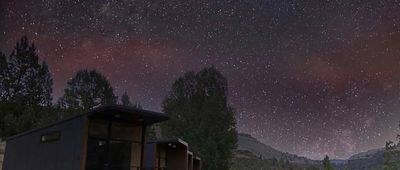Abandoned Dreams
When you’re searching for a new place to live, it can sometimes feel like all the great homes are taken. Thankfully, however, there are still some formerly gorgeous homes out there — they just need a little (okay, major) TLC. Through a series of mishaps and/or tragedies, countless once-spectacular houses across America, and around the world, have sadly been left to the elements. Read on for mansions and dreamy abodes that also happen to be abandoned.
Related: Once Popular Tourist Hotspots That Are Now Totally Abandoned


























